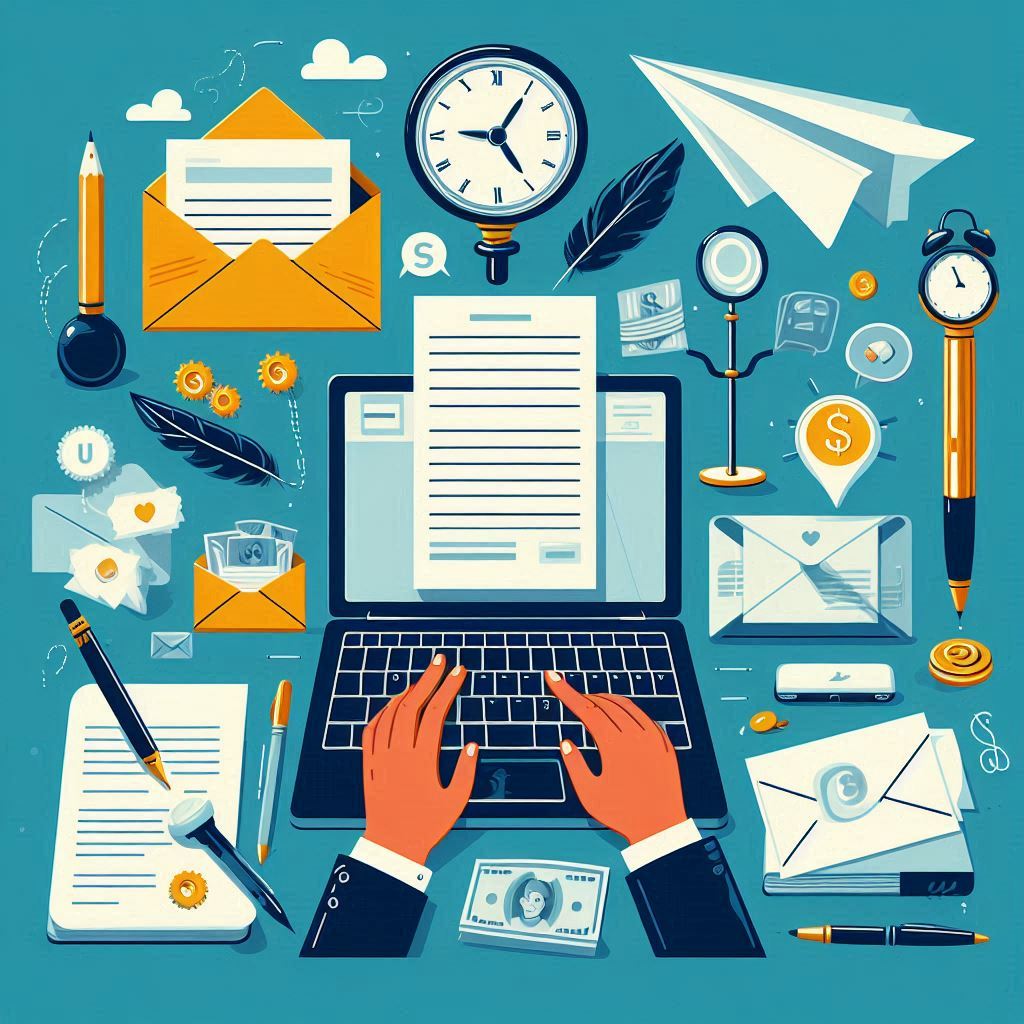Clear and effective communication is crucial in today’s fast-paced digital world. Emails are a primary mode of communication for both personal and professional purposes, and writing them clearly can significantly impact how your message is received and understood. Here are five tips to help you write clear and concise emails:
1. Start with a Clear Subject Line
Your subject line is the first thing your recipient will see, and it sets the tone for the entire email. Make sure it accurately reflects the content of your message. A good subject line is specific, concise, and informative. Instead of “Meeting,” use “Team Meeting on Project Update – June 25th.” This gives the recipient a clear idea of what to expect, increasing the chances that your email will be opened and read promptly.
2. Use a Professional Greeting
Begin your email with a proper greeting that suits the context and the recipient. For formal communications, use “Dear [Name]” or “Hello [Name].” For more casual emails, a simple “Hi [Name]” can suffice. Using the recipient’s name personalizes the email and shows respect. Avoid overly casual greetings like “Hey” in professional settings, as they can come off as unprofessional.
3. Be Concise and to the Point
People are often inundated with emails, so it’s important to make yours easy to read and digest. Stick to the main points and avoid unnecessary details. Use short paragraphs and bullet points to break up the text and highlight key information. Aim for clarity by using simple language and avoiding jargon or technical terms that the recipient may not understand. The goal is to convey your message as efficiently as possible.
4. Use a Call to Action
End your email with a clear call to action (CTA) so the recipient knows exactly what you want them to do next. Whether it’s scheduling a meeting, providing feedback, or completing a task, make your request explicit. Phrases like “Please respond by Friday,” “Could you provide your input on this by the end of the day?” or “Let me know if you’re available for a meeting next week” can guide the recipient and increase the likelihood of a timely response.
5. Proofread Before Sending
Errors in your email can detract from your professionalism and make your message harder to understand. Always take a moment to proofread your email before hitting send. Check for spelling and grammar mistakes, and ensure that your sentences are clear and coherent. Reading your email aloud can help you catch errors and awkward phrasing that you might miss when reading silently.









